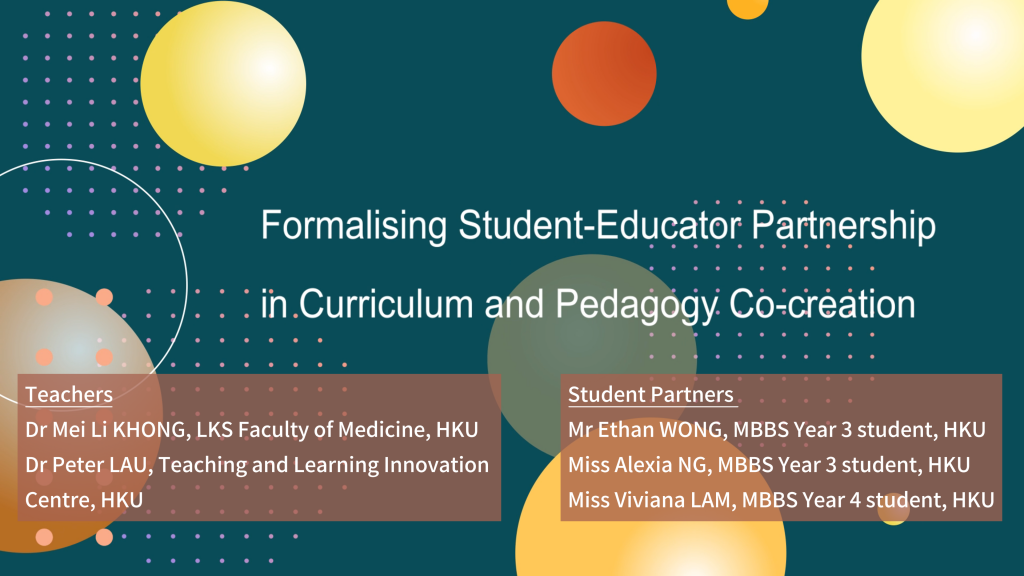This project, led by Professor James Wong and Haliana Lee, in collaboration with student partners Xiao Ye and Geoffrey, has transformed traditional teaching methods, particularly in his course “Ethics and Emerging Technologies in Public Policy.”
It showcases the power of student-teacher partnerships, revolutionising traditional educational methods by actively involving students in the creation and design of course content and classroom activities. This initiative highlights the significant impact and benefits of collaborative learning, where students are not mere participants but essential contributors to the educational process.
Student as an Active Role
At the core of this project is the innovative method of engaging students in the creation of course content and classroom activities. Rather than being mere recipients of knowledge, postgraduate students Xiao Ye and Geoffrey played an active role in developing the undergraduate course curriculum, with a special focus on creating case studies. Their involvement ranged from formulating debate topics to organizing logistics, and crucially, developing in-depth case studies on subjects such as Cryptocurrency and Xenobots. This participatory approach not only diversified the learning material but also created a learning environment that deeply valued and utilized their contributions.
Foster Mutual Understanding
The project served as a turning point, fostering a deeper understanding of each other’s working styles, values, and perspectives. This process involved exploring individual preferences in learning, case development, and the balance between autonomy and guidance. This experience highlights the evolution of their relationship, transforming from a basic instructor-student dynamic to a more profound, collaborative partnership, enriched by mutual understanding and respect.
The Impact on Teaching and Learning
Students experienced an increased sense of responsibility and engagement, becoming more deeply invested in the course material. Educators, by collaborating closely with students, gained valuable insights into their perspectives. This collaboration enabled a more student-centric approach to teaching.
Professor Wong observed, “Our student partners are on a similar wavelength with their peers. This affinity allows them to select topics and cases that more effectively capture the attention and interest of their fellow students.”
Future Dimensions of Broadening Student Partnership’s Initiative
After successfully training students in case writing and development, James realised the feasibility of broadening this initiative. This could involve engaging more students as freelance case writers, contributing to the case database for future courses. This approach not only enhances educational resources but also deepens student engagement, reflecting a thoughtful exploration of student partnerships in educational settings.


